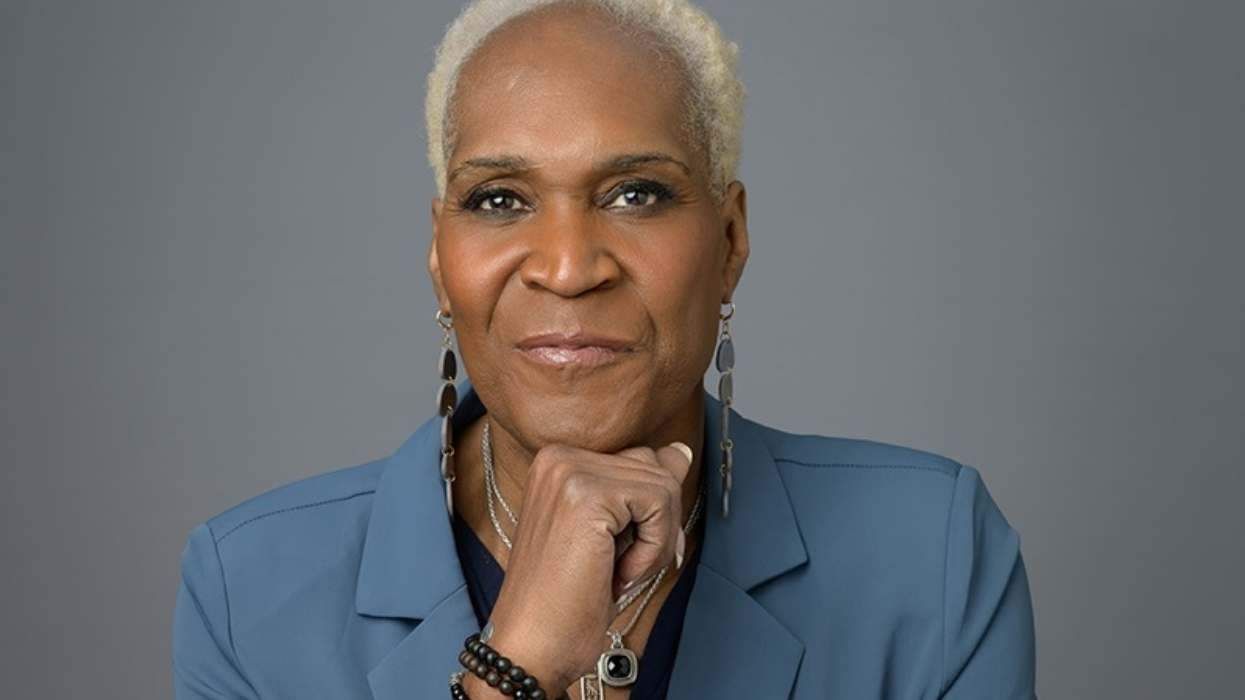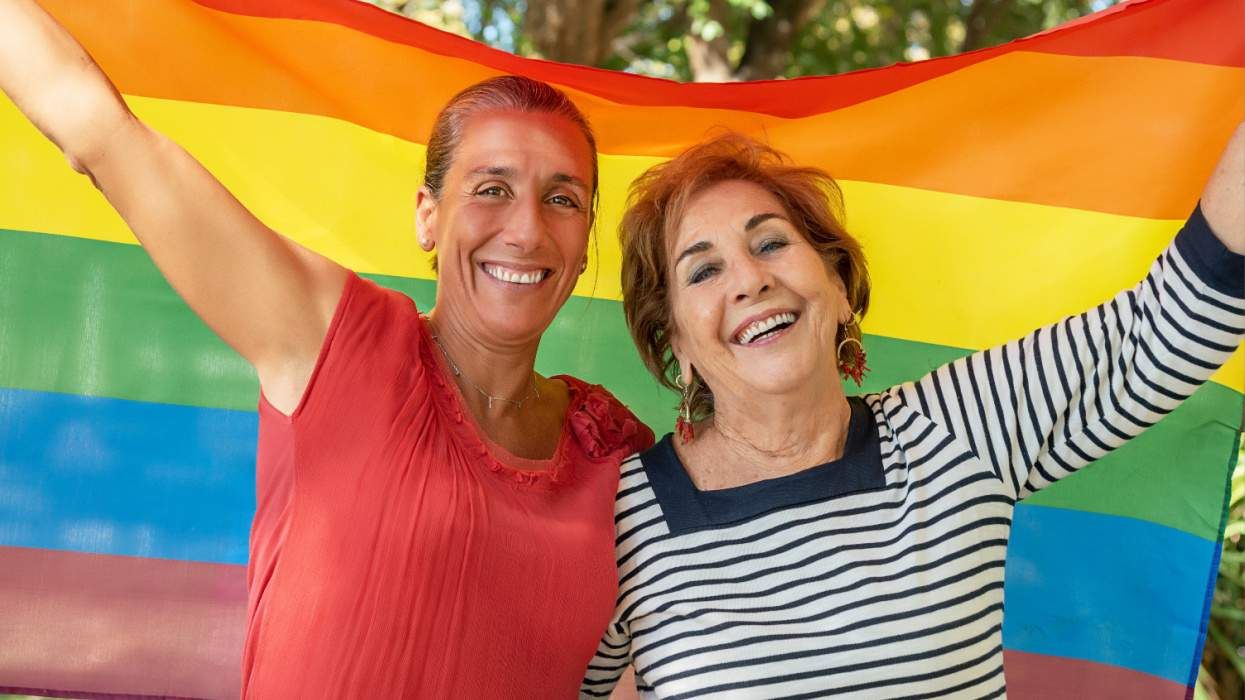The American Foundation for Suicide Prevention and the University of California, Los Angeles Law School's Williams Institute released a report Tuesday providing a nuanced look into the multiple factors contributing to the alarmingly high suicide rate among transgender people.
Titled "Suicide Attempts Among Transgender and Gender Non-Conforming Adults," the report was authored by Ann P. Haas and Philip L. Rodgers of the American Foundation for Suicide Prevention, along with Jody L. Herman of the Williams Institute, who bill the study as the most in-depth modern survey of the well-documented risk of suicide faced by transgender people.
It's been known for years that transgender individuals attempt suicide at a significantly higher rate than that of their cisgender (nontrans) counterparts. But previous studies had not delved into the many contributing factors that render the trans population so vulnerable. While the report's authors acknowledge that there is much more research that needs to be done on the topic, the report is a significant step forward for the oft-underresearched topic of transgender issues.
Below are a few key takeaways from the report:
Income
As might be expected, transgender people who experience extreme poverty are significantly more likely to attempt suicide. Those making less than $10,000 annually are 28.6 pecent more likely to have attempted suicide than someone making between $20,000 and $49,999. According to a 2011 report, "Injustice at Every Turn," issued by the National Center for Transgender Equality and the National Gay and Lesbian Task Force, 15 percent of transgender Americans make less than $10,000 per year. This is 2.75 times greater than the rate of the general population earning so little.
Unemployment
A staggering 90 percent of transgender and gender-nonconforming people reported being the victim of workplace harassment, while 26 percent indicated that they had been fired from a job because of their gender identity. The report also corrobotated that trans individuals have an unemployment rate double that of the general population. It's with this knowledge that the the data surrounding suicide attempt rates for unemployed trans people becomes even more dismal. Trans people in the workforce have a 37 percent suicide attempt rate, while those who are unemployed and actively seeking work have a 50 percent likelihood of having attempted suicide.
Education
The high rates of poverty and unemployment would lead most to conclude that transgender people are less educated than the general population. This would appear false, as "Injustice at Every Turn" puts forward data that tells an opposite tale: Trans people are actually more likely to have attended college than the general population. According to that survey, transgender people are 58.2 percent more likely to have attended college than their cisgender counterparts, making the elevated levels of poverty, homelessness, and unemployment all the more shocking.
Bullying
Those who were harassed or bullied in high school had a suicide attempt rate of 52 percent, making them 26.8 percent more likely to have attempted suicide than those who were not bullied. Trans individuals who were physically or sexually assaulted in high school had a suicide attempt rate of nearly 70 percent.
Acceptance
The level of acceptance provided to trans people by family and friends has a profound connection to whether or not they've attempted suicide. Those whose family completely cut off communication had a suicide attempt rate of 57 percent, up from 33 percent for those whose family relationships remained strong after they came out as trans.
In conclusion, many of these problems are fixable. First, passage of the Employment Non-Discrimination Act would help reduce the disparity between transgender and cisgender unemployment rates as well as lead to less poverty and a decreased level of homelessness. Second, laws like California's School Success and Opportunity Act can drastically reduce the level of bullying in K-12 schools as well as foster a culture of acceptance in regards to trans existence, which may, in turn, result in increased societal understanding of trans people.




































































Charlie Kirk DID say stoning gay people was the 'perfect law' — and these other heinous quotes